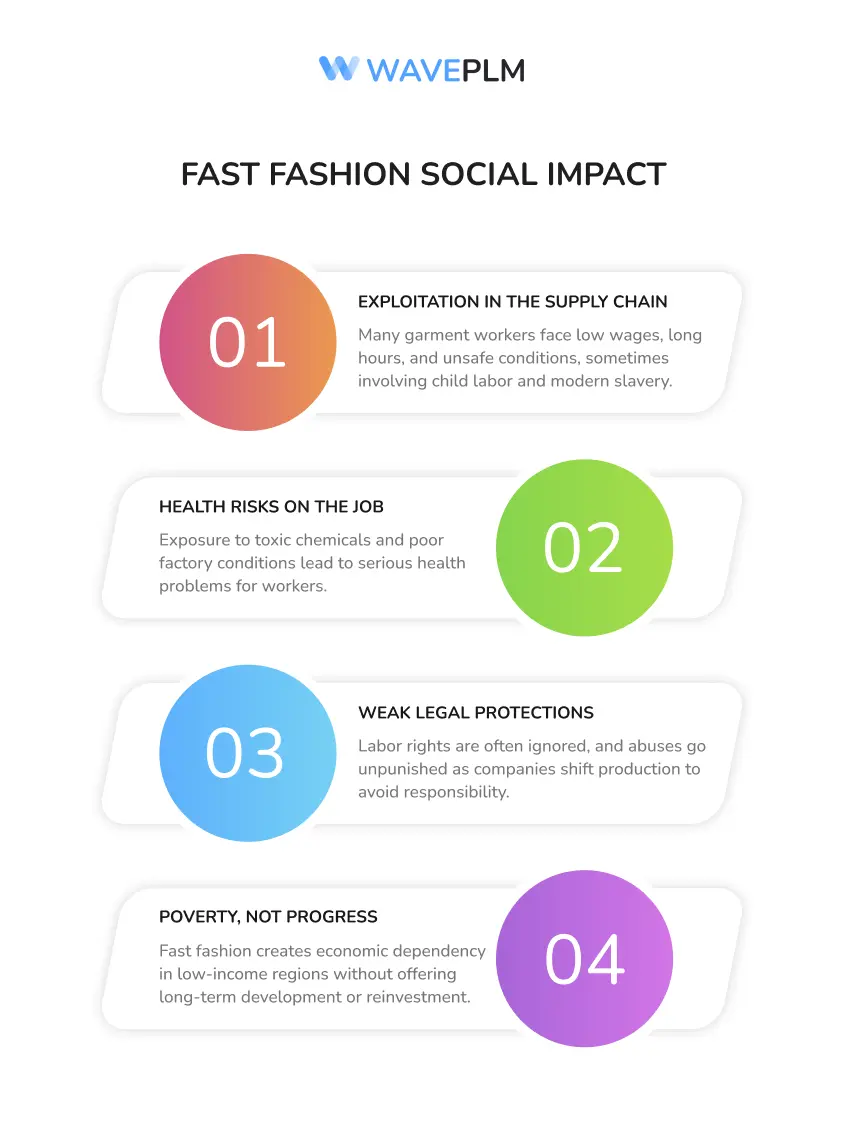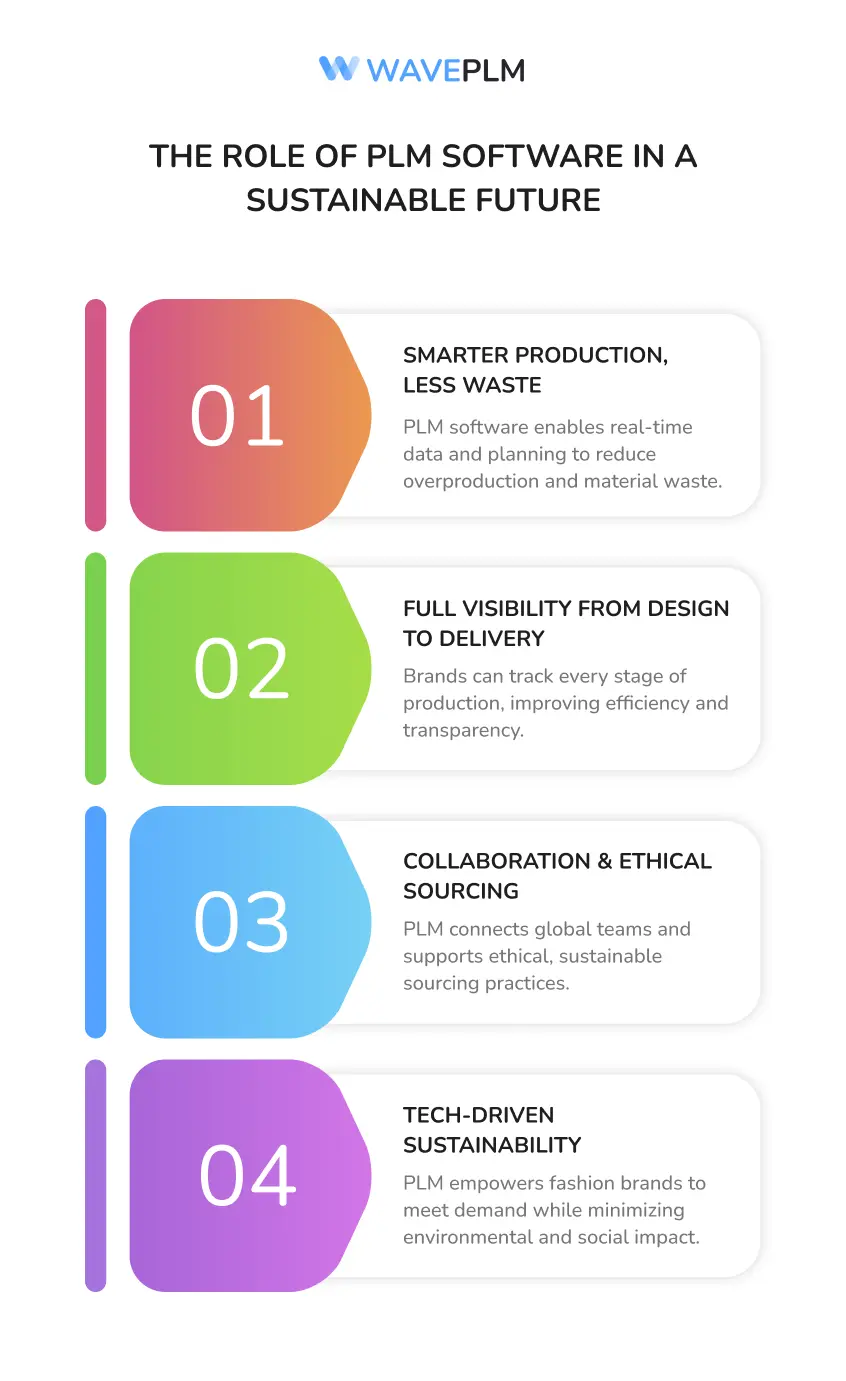
What Is Fast Fashion? Fast fashion is a global business model focused on designing, producing, and selling pieces of clothing at high speed and low cost. It reacts quickly to emerging trends, allowing consumers to purchase the latest styles as soon as they hit the market. What once took months now happens in a few short weeks.
This model thrives on quick production cycles and mass manufacturing. Fast fashion brands release new collections multiple times a month. They reduce design-to-store timelines drastically, satisfying consumer hunger for constant novelty and variety. The goal is not quality, but quantity, and this has shaped a consumer mindset that favors cheap, trendy looks over durable wardrobe investments.
The fast fashion industry relies on cheap synthetic fabrics, low-cost labor, and an endless flow of trend-based items. The result is mass consumption and an ever-growing pile of discarded garments. This approach makes fashion accessible but also encourages careless buying and throwaway habits that affect society and the environment alike.
| Feature | Fast Fashion | Slow Fashion |
|---|---|---|
| Speed | High | Low |
| Price | Low | Fair or High |
| Quality | Often low | High |
| Sustainability | Low | High |
| Production | Mass-produced | Small batch or made-to-order |
| Lifespan | Short | Long |
| Labor Practices | Often poor | Ethical |
| Environmental Impact | High | Low |
The Fast Fashion Business Model
A fast fashion company operates by copying high-end runway styles and mass-producing them cheaply. Most fast fashion clothing is made in developing countries where labor is inexpensive. By exploiting economic inequalities, companies maximize profit while minimizing production costs.
The business model maximizes speed and profit. Garment workers stitch clothes in overcrowded garment factories. Many of these workers earn far below the minimum wage and lack benefits or rights. The industry hides these true costs from the consumer by masking its unethical practices with stylish branding and low prices.
These factories often fail to meet safety standards. Fires, building collapses, and chemical exposure are not rare. Brands prioritize rapid output over worker well-being. Garment workers are the invisible backbone of fashion, working under pressure to meet tight deadlines and strict quotas.
Fast fashion companies use marketing tactics that push urgency and impulse buying. Limited editions, seasonal discounts, and influencer campaigns create a sense of scarcity, encouraging overconsumption. New styles appear so frequently that older items feel outdated within weeks.
This business model thrives on a throwaway culture. The average person buys more clothes than ever before but keeps each piece for less time. That fuels demand—and exploitation.
Fast Fashion Effects on the Environment
The environmental impact of fast fashion is devastating and far-reaching. The industry ranks among the top global polluters. Clothing production consumes huge amounts of energy, water, and raw materials, placing stress on already fragile ecosystems.
Most fast fashion clothing contains synthetic fibers like polyester. These materials come from fossil fuel and do not biodegrade. Washing synthetic fabrics releases microplastics into waterways, harming marine life and polluting the food chain.
Toxic chemical dyes used in production often pollute rivers, especially in developing countries. Clothing production contributes heavily to water pollution, soil degradation, and loss of biodiversity. Once-pure water sources are now contaminated by industrial runoff.
The overproduction of garments leads to excess waste. People throw away clothes after just a few wears. Millions of tons of fast fashion items end up in landfills every year, contributing to greenhouse gas emissions. These garments release methane and other gases as they break down slowly.
| Environmental Impact | Description |
|---|---|
| Water Usage | Thousands of liters per garment |
| Fossil Fuel Use | Synthetic fibers derived from petroleum |
| Waste | Short lifespan leads to increased landfill waste |
| Pollution | Toxic chemical dyes and microplastics |
| Emissions | Contributes to global carbon emissions |
| Biodiversity Loss | Harm to ecosystems and habitats |
| Resource Depletion | Overuse of water, cotton, and energy |
| Chemical Exposure | Unsafe disposal of dyes and bleaches |
Fast Fashion Social Impact
The fast fashion social impact goes beyond the environment. Millions of people, especially women in developing countries, work in the fashion industry under harsh conditions. These jobs, while providing income, often trap workers in cycles of poverty.
Garment factories often violate labor rights. Many workers are not paid minimum wage. Long hours, forced overtime, and unsafe environments are common. Some factories have been linked to child labor and modern slavery. Human rights abuses are a grim reality in many supply chains.
Garment workers deal with toxic chemical exposure from dyes and finishes. Many suffer health issues due to lack of protection, ventilation, and breaks. They have little recourse, as legal protections are weak or unenforced. Even when abuses are reported, companies often shift production to avoid accountability.
The fast fashion system creates a cycle of dependency in low-income regions. Communities depend on exploitative jobs with no long-term stability or development. These economies rarely see reinvestment or infrastructure improvements from the global brands profiting off their labor.

Fashion and Society: Changing Consumer Behavior
Fast fashion changed the way society values clothing. Clothes are no longer investments—they are disposable. Trends move fast, and people feel pressure to keep up. Once a luxury, trendiness has become a fast-moving game of catch-up.
Influencer culture and social media reinforce this cycle. Shoppers want to post new outfits regularly. Brands release new lines weekly to fuel this demand. The “wear once” mentality is common among fashion-conscious youth.
This shift in behavior increases consumption and waste. It also affects mental health. Shopping offers a short-term dopamine boost. But the constant pressure to buy more can lead to clutter, debt, and anxiety. People feel stressed about staying stylish but often regret their purchases.
Consumers often do not realize how their habits support a harmful industry. The disconnect between cheap clothing and the true costs of fast fashion remains wide. Education and awareness are the first steps toward breaking this pattern.
True Costs of Fast Fashion
Fast fashion clothing appears affordable, but it carries hidden consequences. These true costs are paid by garment workers, the planet, and society. The real price is not reflected on the tag, but in the lives it impacts.
| Hidden Costs | Explanation |
|---|---|
| Human Rights | Low wages, unsafe labor conditions |
| Environmental | Resource depletion, pollution |
| Health | Exposure to toxic chemicals |
| Economic | Job losses in traditional industries |
| Social | Overconsumption and mental stress |
| Education | Misinformation about ethical choices |
These fashion business model externalizes these costs. It keeps prices low by shifting the burden onto those with the least power—workers and the environment. Brands profit while the public and planet pay the price.
The Role of PLM Software in a Sustainable Future
Fashion brands can reduce the impact of fast fashion by embracing technology. Product Lifecycle Management (PLM) software helps brands improve efficiency, reduce waste, and enhance transparency.
With PLM, brands can monitor every stage of clothing production—from design to delivery. This allows better planning, reduces overproduction, and minimizes material waste. Instead of guessing, brands use real-time data to make smarter decisions.
PLM software helps teams communicate and collaborate across departments and regions. It enables ethical sourcing and ensures compliance with labor and environmental standards. Brands can trace each item back to its origin, offering peace of mind to conscious consumers.
As fast fashion brands face growing scrutiny, tools like PLM offer a way forward. Brands can balance speed with sustainability, delivering products that meet demand without harming people or the planet. Technology is no longer optional—it is essential for survival in the modern apparel industry.

Alternatives to Fast Fashion
Consumers can take steps to reduce their role in the fast fashion cycle. Embracing slow fashion and ethical brands is one path. Buying less, buying better, and caring for clothes are powerful actions that anyone can adopt.
Here are practical ways to reduce fast fashion effects:
- Buy secondhand or vintage items
- Choose natural or recycled materials like deadstock fabric
- Support small, ethical labels
- Participate in clothing swaps
- Learn sewing and repair skills
- Rewear and style existing pieces
- Read about fashion ethics and industry practices
- Ask questions before buying
By adjusting habits, people can support a shift toward a healthier fashion ecosystem. The movement for conscious fashion is growing—and each person who joins adds momentum.
Template: Responsible Clothing Checklist
| Action | Description |
|---|---|
| Check Labels | Look for organic or recycled fabrics |
| Research Brands | Find out how they treat workers |
| Avoid Impulse Buys | Buy what you truly need |
| Care Properly | Wash less, use cold water, air dry |
| Support Local | Choose local or handmade clothing |
| Repair Items | Fix clothes before replacing them |
| Donate or Swap | Keep garments in use longer |
| Choose Quality | Invest in long-lasting fabrics |
Conclusion: Rethinking Fashion’s Future
Fast fashion gave consumers affordable, trendy clothing at lightning speed. But this convenience came at a cost. The impact of fast fashion harms the environment, exploits labor, and encourages wasteful habits.
The time to rethink fashion is now. Fashion brands must adopt ethical practices. Governments must enforce labor protections and environmental regulations. Fashion education must become widespread so consumers can make informed choices.
Consumers must recognize their power. Each purchase supports a system—good or bad. By choosing better, we demand better. Small steps add up to real change.
Technology like PLM software enables progress. It helps the fashion industry become faster in smarter, cleaner ways. Brands can innovate without harming the planet or the people who make our clothes.
Sustainable fashion is not boring or expensive. It is thoughtful, creative, and future-focused. Together, fashion and society can create a more ethical world—one outfit at a time. The future of fashion depends on how we act today.





Leave a Reply